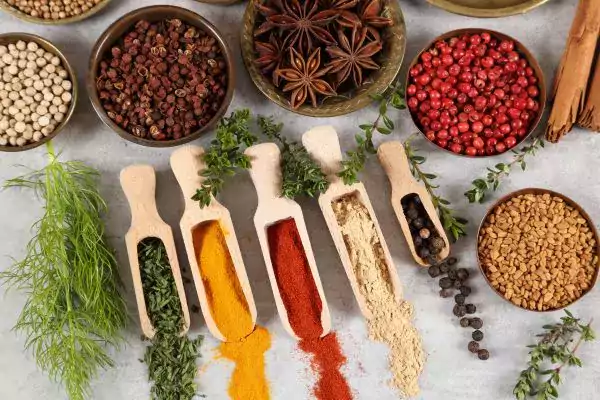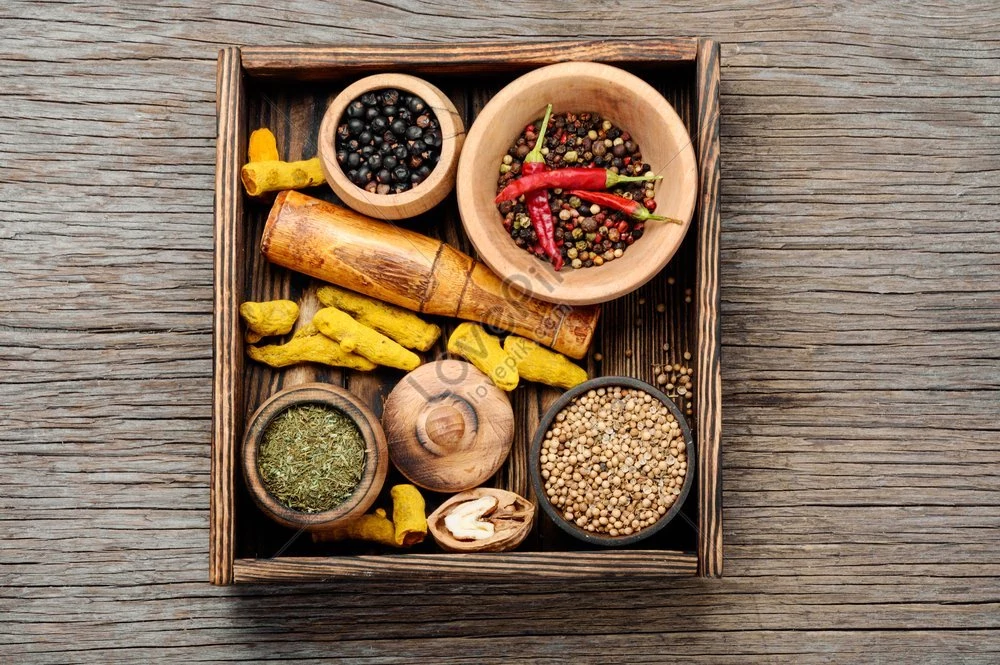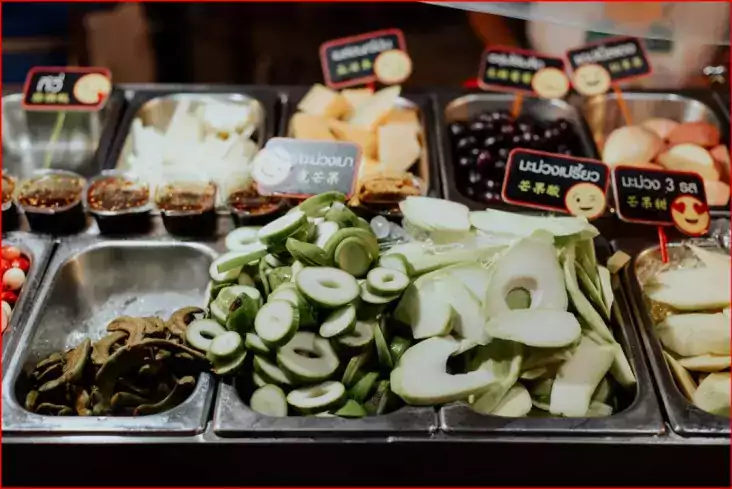
Whether you are setting up a party for some occasion or if it is just a family get-together, food is the top priority of all gatherings. You may use AI to create invitations and hire someone to decorate your space for the special occasion, but what about food? Okay, you may employ a helper to cook, but what will you cook? Or will you leave it to the cook to decide the menu for guests he doesn't know? Hmm… that is one option we should never look for. Your guests are coming hoping to get something they would love to cherish, and food should be at the top of their expectation list.
Here we are to rescue you from all the thinking processes to give your brain a break from the usual and not-so-interesting party menus. Here we are with lips-smacking and mouth-watering food pairing options that will leave your guests mesmerized and waiting for another party.
No matter how much you spend decorating the space, if the food isn't interesting, the party isn't interesting. And when it comes to creating a menu for your party, it should always be in a combination that soothes tastes and fills the tummy.
Flavours are like a symphony for food. Just like music has to be rhythmic to appeal to listeners, the food has to have flavours that appeal to eaters. However, combining flavours for culinary effect is not difficult if you understand how to exploit the complex flavours to combine and create a new flavour.
Do this exercise, to understand what it means to have a taste, an aroma, and a flavour.
Exercise: Pinch your nose to shut it and try to eat a bite of raw potato and apple blindfolded.
What taste did you feel?
Were you able to distinguish between apple and potato?
Did they taste the same?
Were you able to have a flavour of apple or potato?
Flavour = taste + aroma. You must combine taste and aroma for a new flavour to create culinary magic.
To check what new flavour you have created, try taking a bit of the food with a pinched nose and chewing and chewing until your tongue gets a taste. And take a bit of the same food without pinching your nose. The difference in taste you feel is the new flavour you have created.
How does this matter when it comes to pairing flavours?
Do you know why chefs often smell the ingredients when adding to the food? To get the aroma and understand the taste of the food and the ultimate flavour that will be created by pairing two flavours.
NO! The flavour of the food has to be effective in stimulating the salivary glands because a dry tongue won't give you any taste. That is why it is always said the food has to be mouth-watering because no saliva means no dissolving, which means no tasting.
Flavours are divided into three main categories - primary, secondary, and tertiary. Understanding the categories can help you decide which flavours to combine to create a new flavour.
The primary flavours include – salty, bitter, and sweet.
The secondary flavour includes – fatty, astringent notes and umami.
The tertiary flavour includes- aromatic compounds.
For a good chef, the flavour chart is like a roadmap which allows them to create the culinary magic for a harmonious and balanced diet. For instance, combining a salty ingredient such as prosciutto with sweet melon creates the contrast between brininess and sweetness for a pleasant taste experience.
Smell, taste, and experiment are the critical steps to making a new rich in flavour meal. Experiment with herbs and spices to create a new flavour, but also taste the new flavour thus created before serving it to the guests. You are learning to cook, and it is okay to make mistakes.


